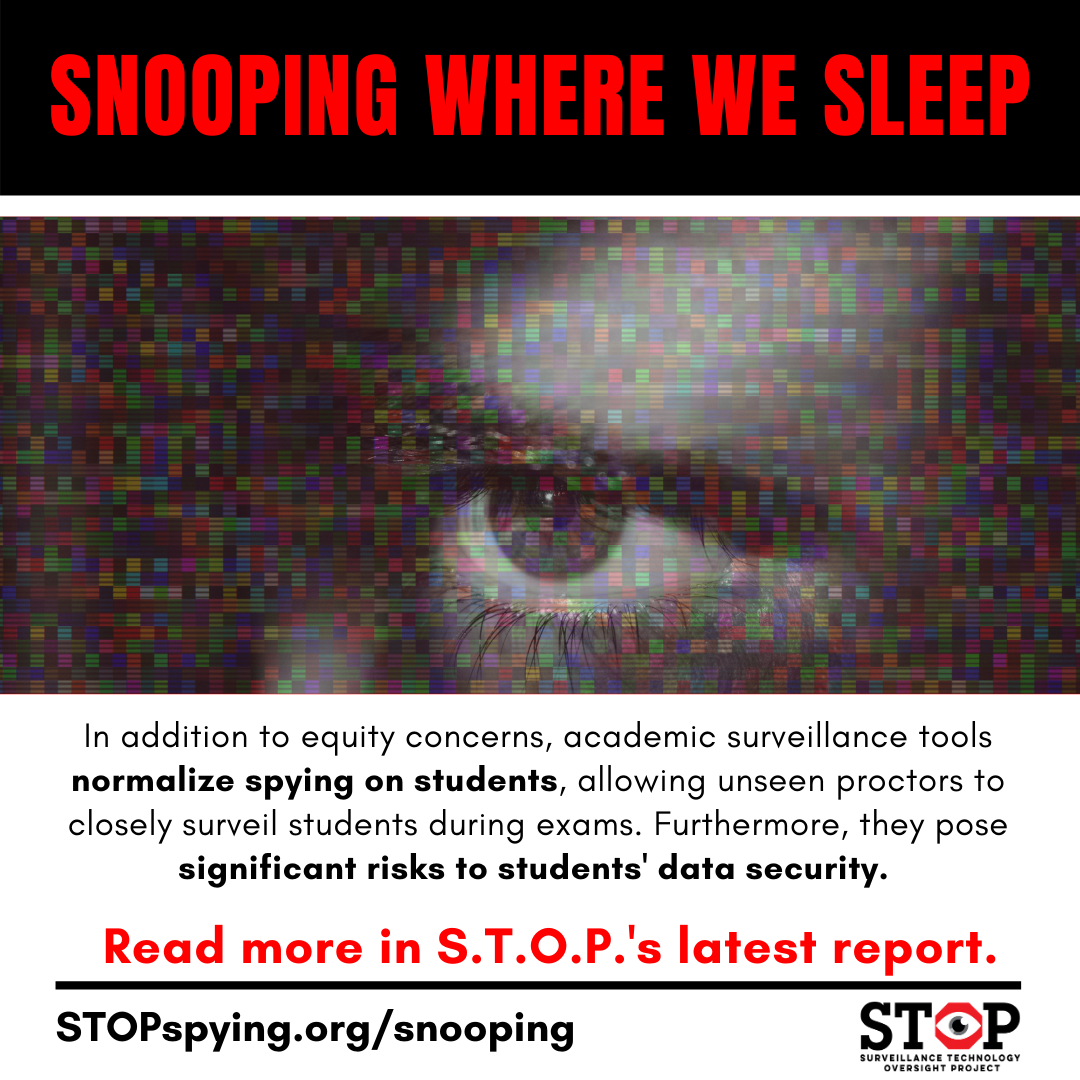Summary
Across the US, K-12 schools and universities have shifted to remote instruction to contain the spread of COVID-19. In doing so, an increasing number are using a dystopian set of surveillance tools to discourage cheating, including facial recognition to identify test-takers, video monitoring to flag supposedly suspicious behavior, and remote access to students’ computers to control their activity during exams. The need for these tools is not clear: evidence suggests that students cheat less on online exams than in traditional classroom settings. Moreover, academic surveillance tools’ effectiveness at discouraging academic dishonesty is simply unknown. But while the need for and effectiveness of academic surveillance tools is not established, the dangers of such tools are. Academic surveillance tools are unfair, disadvantaging some groups of students relative to their peers: automatic flagging of suspicious behaviors penalizes students with disabilities, stigmatizing a range of normal behaviors. Facial recognition performs more poorly on dark-skinned, female, and older students, generating an unfair obstacle to identity verification, the first step in taking an online test. Academic surveillance tools require students to meet significant technological requirements, unfairly penalizing low-income students. In addition to these equity concerns, academic surveillance tools generate a data trail of suspicious behavior, justifying the tools’ continued use and routinely placing students under a cloud of suspicion. These tools normalize spying on students, allowing unseen proctors to closely surveil students during exams. In their disrespect for student privacy, they pose a significant risk to students’ data security. For these reasons, S.T.O.P. recommends that educational institutions stop using online proctoring services. If schools insist on adopting such tools despite their known deficiencies, the simplest, least invasive versions should be chosen, and these tools should be audited for effectiveness, bias, and adequate protection of student data.






